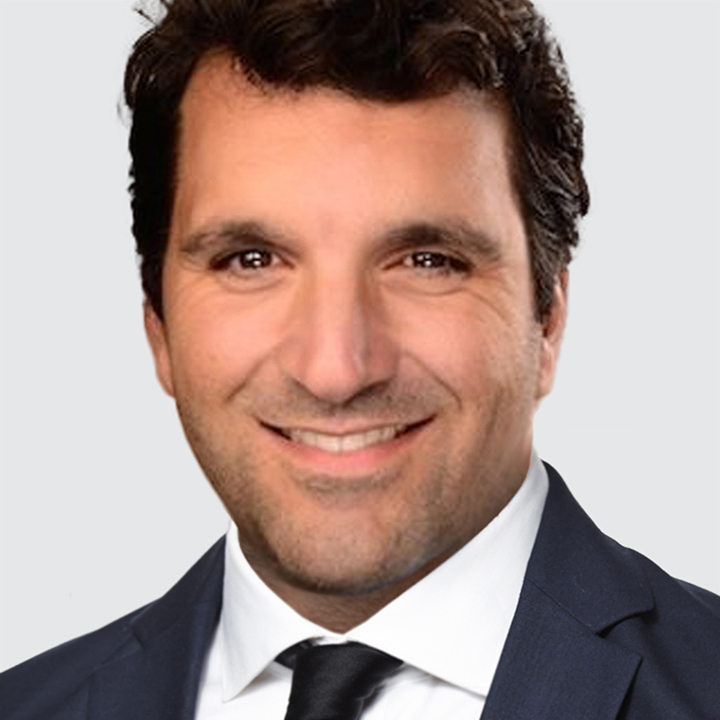Risk-On Rally Gains Momentum
US
USD pared back most of yesterday’s gains while global equity markets continue to recover. More signs we may have reach peak trade hostility is underpinning risk assets. China’s Commerce Ministry said it’s currently evaluating the possibility of trade talks with the US. Japan’s chief trade negotiator said the US and Japan are “able to move forward in frank and constructive discussions to reach a mutually beneficial agreement as soon as possible.” Finally, the EU’s Trade Commissioner said the bloc is making “certain progress” towards striking a trade deal with the US.
Importantly, the less favorable US economic outlook does not support sustained relief rallies in USD. The downturn in US manufacturing activity deepened in April, albeit less than anticipated. The ISM manufacturing index fell to a four-month low at 48.7 (consensus: 47.9) vs. 49.0 in March. The details continue to point to risk of stagflation. New Orders and Employment indexes remained firmly in contraction territory. Meanwhile, the Prices index rose 0.4 points to 69.8, the highest level since June 2022 but significantly less than expected (consensus: 73.0).
The spotlight today is on the US April non-farm payrolls report (1:30pm London). Non-farm payrolls (NFP) are expected at 138k vs. 228k in March, consistent with a healthy labor market. Bloomberg’s whisper NFP number stands at 120k. For reference, payroll job gains averaged 158k per month over the past twelve months while the breakeven pace of job gains needed to keep the unemployment rate stable is between 80k and 100k.
The US unemployment rate is projected to be unchanged at 4.2% which would track below the Fed’s 2025 projection of 4.4%. Average hourly earnings are forecast at 3.9% y/y vs. 3.8% in March. Overall, wage growth is running around sustainable rates consistent with the Fed’s 2% inflation target given annual non-farm productivity growth of around 2%.
Leading job market indicators point to downside risk to NFP gains. A poor non-farm payrolls print can further weigh on US interest rate expectations and undermine USD. Fed funds futures currently price-in a total of almost 125bps of cuts over the next twelve months.
EUROZONE
EUR/USD bounced back above 1.1300 after testing a two-week yesterday. The Eurozone April preliminary CPI is up next (10:00am London). Headline CPI inflation is projected at 2.1% y/y vs. 2.2% in March and core CPI inflation is forecast at 2.5% y/y vs. 2.4% in March.
The already released April EU harmonized CPI prints for member states suggests the disinflationary process remains well on track, leaving room for the ECB to deliver more rate cuts. France was one tick higher than expected at 0.8% y/y vs. 0.9% in March, Spain was two ticks higher than anticipated at 2.2% y/y vs. 2.2% in March, Germany was one tick higher than expected at 2.2% y/y vs. 2.3% in March, and Italy was two ticks lower than expected at 2.1% y/y vs. 2.1% in March.
The market has fully priced in a 25bps cut to 2.00% at the next June 5 ECB meeting. Looking ahead, the swaps market is pricing in nearly 75bps of total easing over the next 12 months that would see the policy rate bottom near 1.50%. Overall, EUR/USD has likely entered a short-term period of consolidation after overshooting the levels implied by nominal and real EU-US 2-year bond yield spreads.
AUSTRALIA
AUD/USD is up near the top-end of a multi-day 0.6340-0.6440 range. Australia consumer spending was softer than anticipated. In March, nominal retail sales rose 0.3% m/m (consensus: 0.4%) vs. 0.2% in February driven by spending in food retailing. In volumes terms, retail turnover was unexpectedly flat (consensus: 0.3%) after rising 0.8% in Q4. Going forward, uncertainty about global economic policy settings could lead households to further curtail spending.
Australia’s federal election is Saturday. A party needs to win at least 76 seats in the 150 seats House of Representatives to form a majority government. First results are expected Saturday at 10:00am London/5:00am New York. The two main parties facing off are the governing center-left Labor Party and the conservative Liberal-National coalition. Prime Minister Anthony Albanese’s Labor Party has been in government since the 2022 election with a majority of 77 seats.
Polls indicate a tight race, with the possibility of a hung parliament. The final AFR/Freshwater Strategy Poll shows Labor is leading the Coalition on a two-party preferred basis by 51.5% to 48.5%. This could translate to Labor securing 74 seats and the Coalition 64, making it necessary a form a coalition or govern as a minority government. In contrast, the final YouGov's MRP poll shows that Australia will re-elect a Labor majority government, with the most likely result being Labor taking 84 seats and the Coalition 47 seats.
The election outcome is unlikely to drastically reshape the fiscal outlook. The IMF projects a modest fiscal boost to growth in 2025, followed by a drag on growth the subsequent two years. As such, fiscal policy should not derail the RBA’s easing cycle. Cash rate futures continue to fully price-in a 25bps cut to 3.85% at the May 20 RBA policy meeting. Over the next 12 months, cash rate futures imply almost 125bps of total easing.

